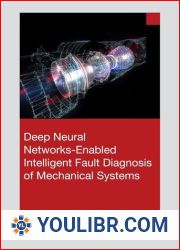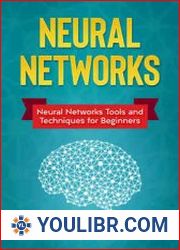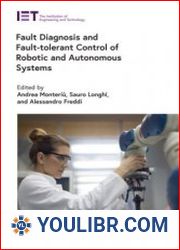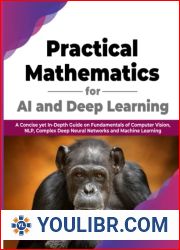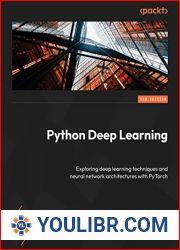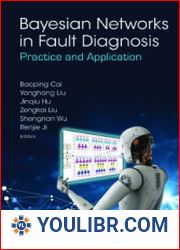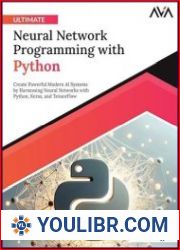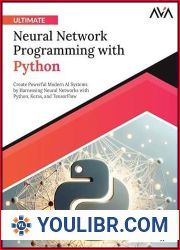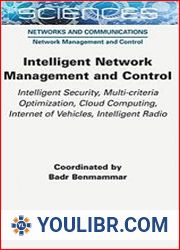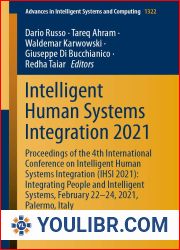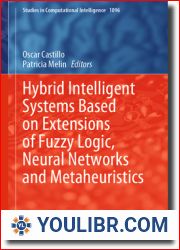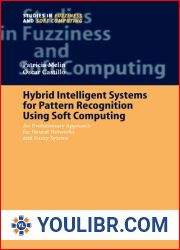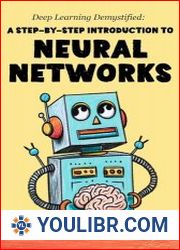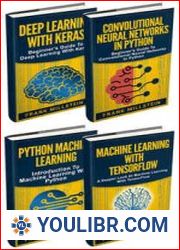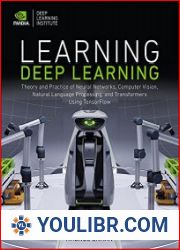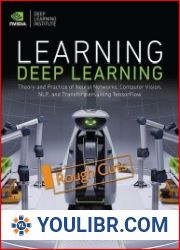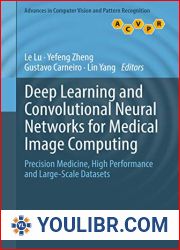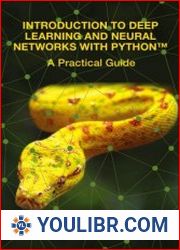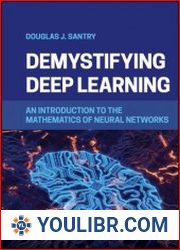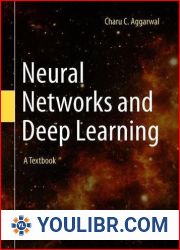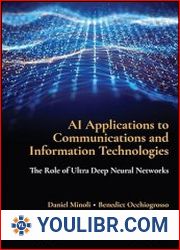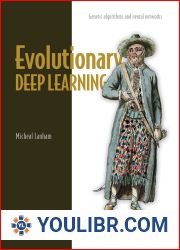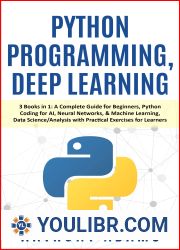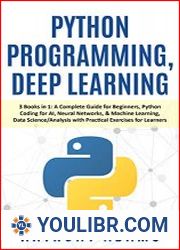
BOOKS - Deep Neural Networks-Enabled Intelligent Fault Diagnosis of Mechanical System...


US $9.70

803602

803602
Deep Neural Networks-Enabled Intelligent Fault Diagnosis of Mechanical Systems
Author: Ruqiang Yan, Zhibin Zhao
Year: 2024
Number of pages: 217
Format: PDF
File size: 15.5 MB
Language: ENG
Year: 2024
Number of pages: 217
Format: PDF
File size: 15.5 MB
Language: ENG
The book aims to highlight the potential of Deep Learning (DL)-enabled methods in intelligent fault diagnosis (IFD), along with their benefits and contributions. The authors first introduce basic applications of DL-enabled IFD, including auto-encoders, deep belief networks, and convolutional neural networks. Advanced topics of DL-enabled IFD are also explored, such as data augmentation, multi-sensor fusion, unsupervised deep transfer learning, neural architecture search, self-supervised learning, and reinforcement learning. Aiming to revolutionize the nature of IFD, Deep Neural Networks-Enabled Intelligent Fault Diangosis of Mechanical Systems contributes to improved efficiency, safety, and reliability of mechanical systems in various industrial domains. In recent years, due to the rapid development of computer technology, modern testing technology, and signal processing technology, equipment fault diagnosis technology has made great progress. With the rapid development of artificial intelligence technology, the application of deep neural network (DNN) in intelligent fault diagnosis (IFD) of mechanical systems has further deepened. Deep Learning (DL) is one of the hottest technologies in the current field of Machine Learning. DL is essentially a DNN with multiple hidden layers, and the main difference between it and the traditional multi-layer perceptron is the difference in the learning algorithm. Due to its strong representation learning ability, DL is well-suited for data analysis and classification. Therefore, in the field of intelligent diagnosis, many researchers have applied DL-based techniques, such as multi-layer perceptron (MLP), autoencoder (AE), convolutional neural networks (CNNs), deep belief networks (DBNs), and recurrent neural networks (RNNs), to boost the performance.







